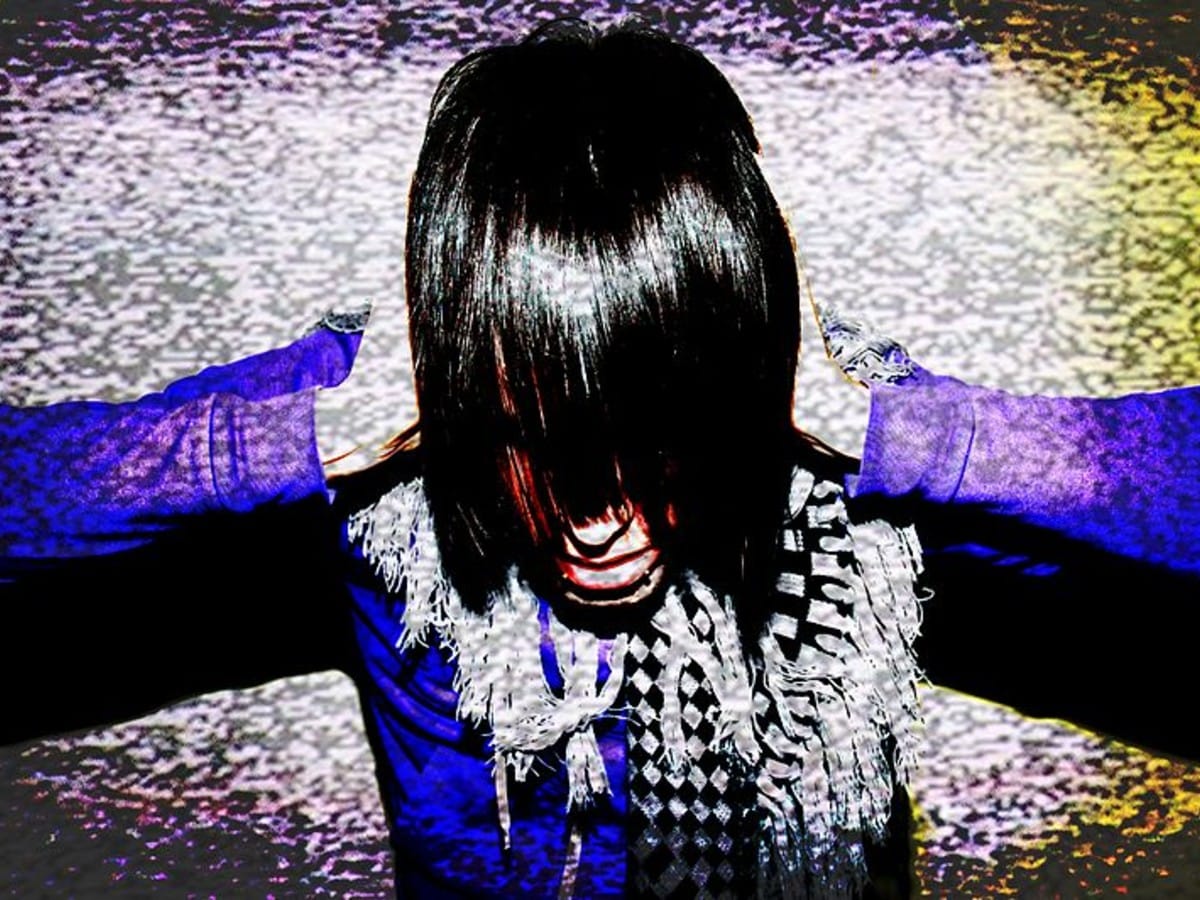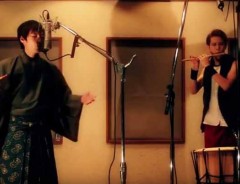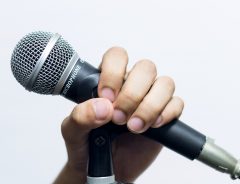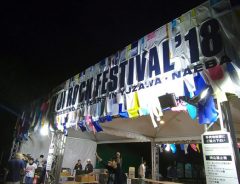
Source: Jason Rogers, CC BY 2.0, via Wikimedia Commons
Japanese noise music soothes the soul and comforts the mind
- Tags:
- Japanese music / Japanoise / noise music
Related Article
-

Koi no Yokan: 8 Japanese Love Songs for You to Fall in Love With
-

Japanese Instrumental And Beat Box Covers Of Attack On Titan, Mission Impossible, Dragon Ball–And More!
-

Japanese musicians performing online due to coronavirus: archived and upcoming events
-

The First Take: One Studio, One microphone, One singer, One chance
-

Foxy Kitsune-Mask Band Rocks Out To Utada Hikaru, Lupin, Arrietty, and More On Traditional Japanese Instruments
-

Fuji Rock 2018 and YouTube – Japan’s Music Magic goes Global [Video]


Please note that some of the videos in this article have flashing lights.
I Iike synthesizers. Something about their quirkiness, grunginess, and intensity piques the interest of my inner audiophile. Sure enough, the instrument has character. As we've discussed before, artists like discoyogisya and K.U.R.O. who devote themselves to the instrument are capable of creating fascinating audio experiences.
Yet, more avant-garde approaches can leave some scratching their heads: can you really call any sequence of beeps or screeches music? While it's more complicated than plugging in a board and amplifying the feedback, I'd suggest that abrasive and other-worldly composition can be just as riveting as the latest pop ballad. Maybe even more so.
All in all, it's easy to see that Japan suffers from no shortage of artisans and creative individuals. As such, even underground music genres like noise music—often referred to as Japanoise—are well-represented in the country. Why not take a moment to wander to where the wild things are and enjoy the more adventurous side of music and sound design?
Aube
We recently covered Kakushin Nishihara, who, among her more traditional work, also occasionally experiments with the biwa to create noise tracks. Other artists in Japan take a more straightforward approach.
Beginning with the basics, Akifumi Nakajima—stage name Aube—is one of the most celebrated noise musicians from Japan. Throughout the 90s in particular, the artist released several acclaimed pieces. Nakajima typically relied on simple sounds that he then manipulated electronically.
The brief live demo above gives a sense of the ambient industrial sound for which Aube was known. While some of his work was more abrasive, he tended more towards ambiance as his career progressed. The 90s were a challenging time in Japan as the "economic miracle" unwound. Somehow the sort of industrial loneliness that permeates his work seems to capture this feeling. Listen to his release "Frequency for Collapse" to get a better sense:
Indeed, the piece is fascinating, feeling like something from the quieter moments of the movie Tetsuo. Sure enough, Aube's music is a relic of the era and something difficult to imagine being produced again today.
collerror
While there are more than a few big names in the Japanoise genre, the art is alive and well in the underground corners of social media sites such as Instagram.
On the website, collerror posts short noise tracks accompanied by visual design clips. Pushing glitch into the mix, the brief pieces are a head-whirling exercise but expressive and evocative nonetheless. The artist recently uploaded this piece that incorporates a crucifix motif.
The sound design seems to rely heavily on modular synthesizers, an instrument we’ve written about before.
This piece, a bit more psychedelic, was also hard to ignore:
And another:
You can find more by collerror on the artist’s Instagram. Check it out.
Merzbow
Finally, it’s hard to summarize the genre without mentioning the artist who reportedly coined the term “Japanese noise.” Akita Masami, stage name Merzbow, is a composer who has been active in the genre since 1979. Over forty years, for anyone counting.
Merzbow’s music is more typical of the genre, focusing more on harsh tones, distortion, and noise. His style is often described as confrontational, and anyone who listens will easily understand why. Warning for headphone users, the clip may be intense:
And intense may be an understatement. Sure enough, it's easy to understand how Merzbow’s music, and the noise genre in general, may not be for everyone. Yet, if you consider the artist's work to be an "audio journey" rather than a pop composition, it might be more relatable. Here is a long-form piece posted by the Boiler Room channel:
All in all, I hope everyone can still hear.